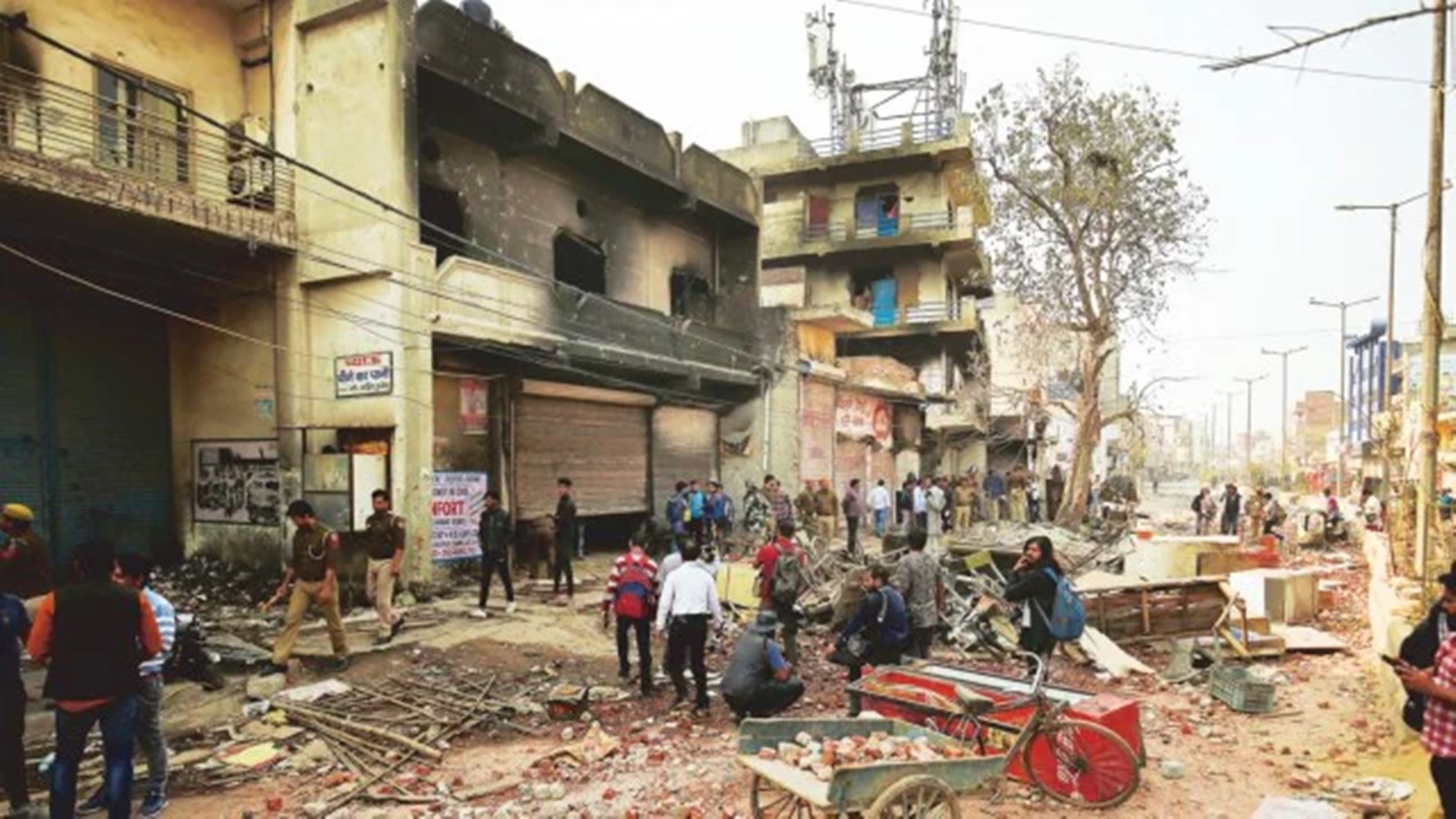 |
|
The Supreme Court of India, on Monday, declined to entertain the bail plea of Gulfisha Fatima, who is currently in judicial custody and accused under the Unlawful Activities (Prevention) Act (UAPA) in connection with the 2020 Northeast Delhi riots. The bench, comprising Justices Bela M Trivedi and Satish Chandra Sharma, acknowledged the matter's scheduled hearing in the Delhi High Court on November 24th, directing the High Court to address the case on that day itself.
The court's decision not to entertain the bail petition under Article 32 of the Constitution stemmed from the ongoing legal proceedings in the High Court. The bench highlighted the fact that Fatima had been in custody for a prolonged period, exceeding four years and seven months, and urged the High Court to expedite the bail application hearing unless exceptional circumstances warrant a delay. The court's stance reflects the principle of judicial comity, whereby courts avoid interfering with the jurisdiction of other courts, particularly when statutory remedies are pending before lower courts.
Senior Advocate Kapil Sibal, representing Fatima, argued before the Supreme Court that the bail application hearing had been repeatedly adjourned in the High Court. He attributed the delays to the presiding officer's absences and the lack of a proper hearing on 26 other occasions. Sibal expressed concerns about the potential for further delays in the High Court, emphasizing that the prolonged detention, especially considering Fatima's gender and age (31 years old), is concerning, particularly in the absence of any trial initiation. Despite these concerns, the Supreme Court, while acknowledging the need for a timely hearing, affirmed its decision to defer to the jurisdiction of the High Court, emphasizing that the matter ought to be heard there.
This case underscores the ongoing legal challenges related to the 2020 Northeast Delhi riots. The extensive legal battles surrounding these events, including investigations, arrests, and bail petitions, have consumed significant time and resources. The case highlights the complex interplay between the Supreme Court and the High Court, particularly when individuals seek relief from the apex court while parallel legal proceedings are underway in lower courts. It also raises broader questions about the balance between ensuring justice and upholding the rights of those accused of crimes with the need for fair and efficient legal processes.
